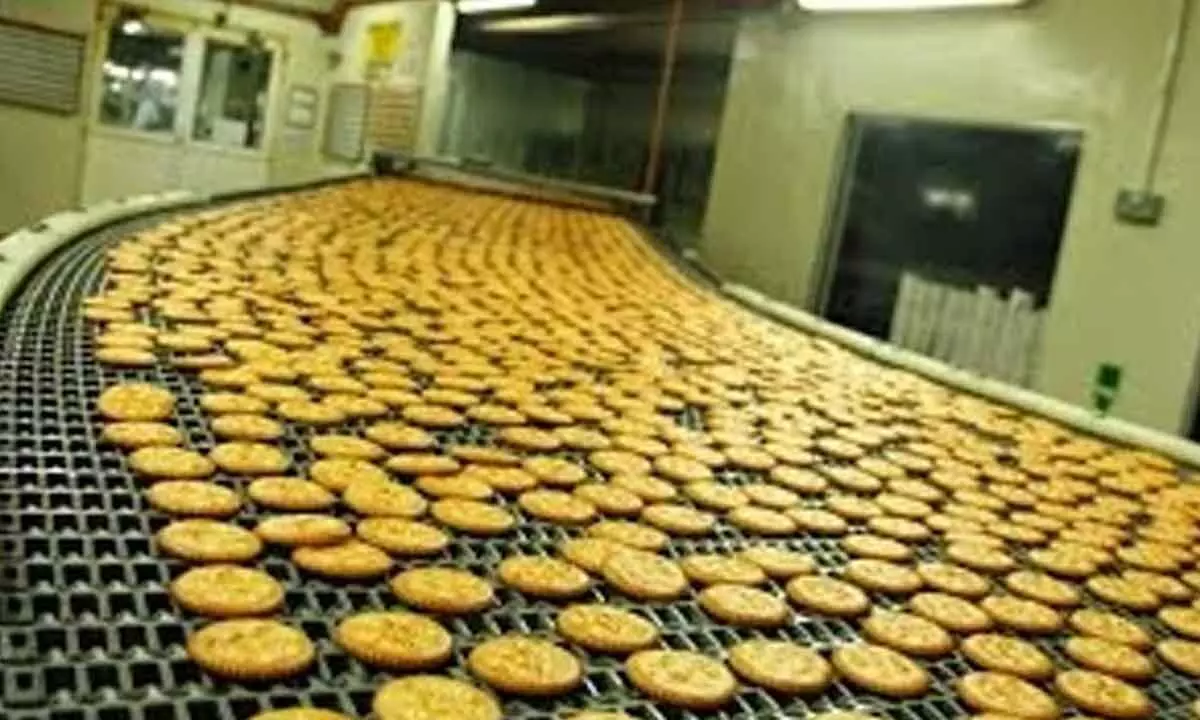Indian food processing sector to reach $500 bn in value by 2025
This growth is expected to be driven by a fast-changing market, much-needed government impetus, capacity and capability building, and foreign investment
image for illustrative purpose

Leading business and professional services organization - Nexdigm, along with the Federation of Indian Chambers of Commerce and Industry (FICCI), have released a comprehensive report on India's food processing sector for 2022-23. The report titled 'Food Processing Sector in India: Opportunities and Challenges', was released in the presence of Prahlad Singh Patel, Minister of State, Ministry of Food Processing Industries, at the 15th edition of the Annapoorna Anufood 2022 Conference held at the Bombay Exhibition Centre in Mumbai.
The report observes that the Indian food processing sector is expected to grow to over half a trillion dollars by 2025 (from $260 billion in 2020, expected to achieve a CAGR of over 15 per cent). This growth is expected to be driven by a fast-changing market, much-needed government impetus, capacity and capability building, and foreign investment. It also notes that despite the sheer production power that India has in terms of the food sector, it continues to be affected by problems such as high wastage, low processing levels, and lower technological integration in farming, among other challenges.
Primary produce still constitutes 50 per cent of the food sector, showcasing the immense potential for food processing and value addition in India. The food processing sector is constituted of six major sub-sectors (Dairy, Fruits and Vegetables (F&V), Animal and Poultry, Marine, Grains and Cereals, and Consumer Foods) supported by the Cold Chain sector.
India ranks first in milk production and second in F&V with the top position in select items. It also has the largest livestock population (cattle and buffalo), is the leading exporter of buffalo meat, ranks second in egg production, and is among the top three countries in terms of fisheries and aquaculture.
The level of processing across each of these sub-sectors ranges from levels as low as five per cent to a maximum of 35 per cent. These processing levels average out to only about 10 per cent at an overall level, which is much lower in comparison to developed economies and some other developing economies.
Wastage, as high as up to 40 per cent, is seen across sub-sectors, which opens a host of opportunities for scaling the warehousing and cold chain infrastructure, thereby increasing the scope of food processing in the country.
Arun Chawla, Director General, FICCI, said, "Food production within the country always reached a net positive, however wastage during storage and transport has been high. This can be managed with better farming methods, supply chain efficiencies, and processing of the produce for value-added products. Processing can help preserve these products for a longer time, create a variety of value-added products that are in demand, fetch more value globally, and upgrade the entire value chain of the food sector."
Over the years, India has seen a steady flow of Foreign Direct Investment (FDI) in this sector. The food processing sector allows 100 per cent FDI through the automatic route. As a result, the sector has attracted FDI of more than $11 billion through organic as well as inorganic routes from April 2000 to March 2022.
According to Mayank Lakhani, Senior Managing Director, Nexdigm, "Many large processing companies have entered the Indian market, either by setting up their own facilities or via mergers and acquisitions. Such large greenfield investments have investment amounts ranging between $100 million to $300 million. Furthermore, while the total number of M&A deals in this sector may be modest, the total deal value has been quite significant, increasing from $50 million in 2020 to $876 million in 2021 for disclosed deal sizes."
The report recognizes the efforts by the Government of India, which had launched several initiatives and incentives to boost the sector. According to the report, the Production Linked Incentive (PLI) scheme for value-added food products has seen close to 60 applicants including large players such as ITC, Haldirams, Nestle, Amul, Parag Milk, and others, approved under this scheme. The report also notes that Indian laws are now aligned with CODEX, allowing a degree of standardization on various laws internationally applicable to food and agriculture-related businesses. It underscores the need for food businesses and other stakeholders to keep partaking in representations on draft regulations for the inclusive evolution of food laws.
While providing an overall positive outlook, the report concludes that the sector is poised for exponential growth that will see India move up the global rankings to become one of the top food processing countries.

